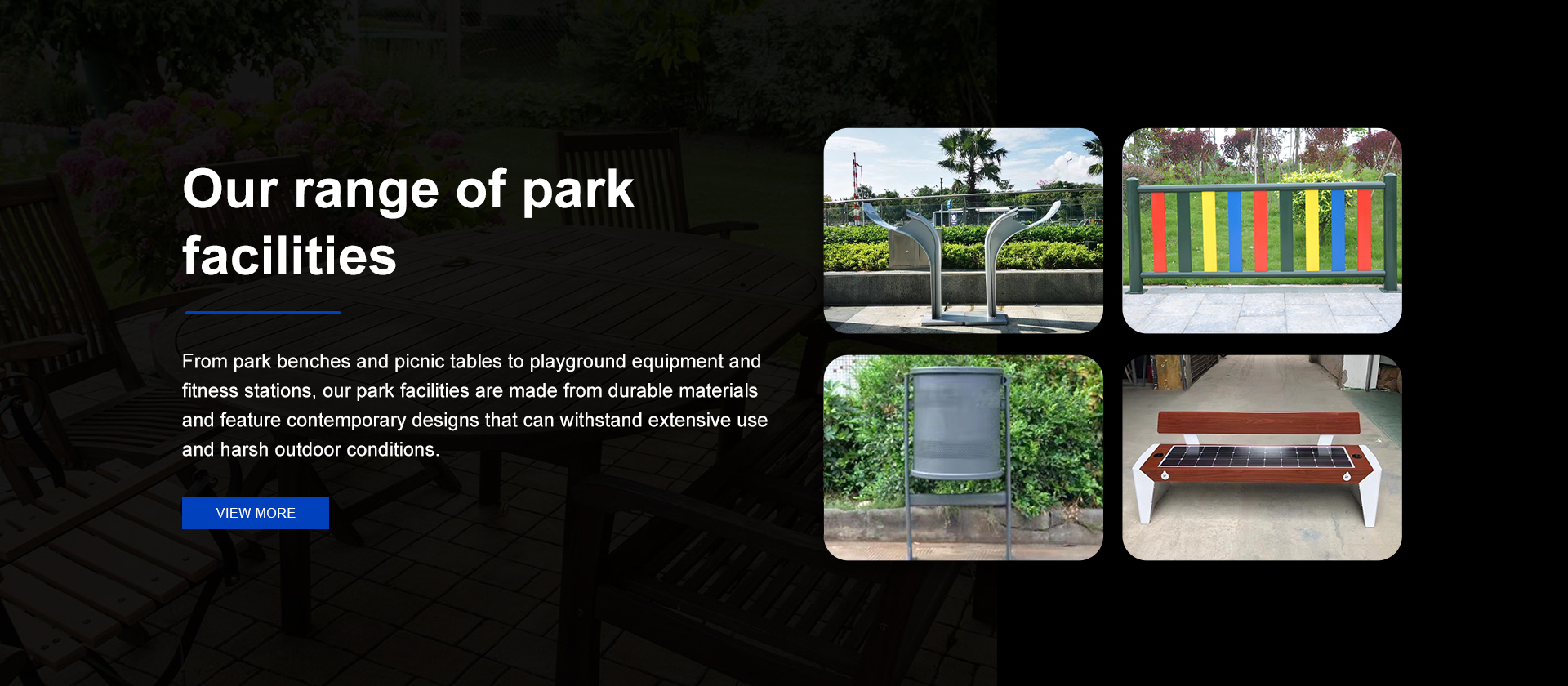Exploring the Functionality and Applications of Mechanical Butterfly Valves in Industry
The Mechanical Butterfly Valve A Comprehensive Overview
The mechanical butterfly valve is a pivotal component in many industrial applications, especially in fluid control systems. Renowned for its efficiency, simplicity, and versatility, the butterfly valve plays a crucial role in regulating flow in various processes, ranging from water treatment to oil and gas distribution.
Design and Structure
At its core, a butterfly valve consists of a disk or vane that rotates around a central axis. This disk acts as a throttle, blocking or allowing the flow of fluid through the valve's body. Generally, the valve is housed in a circular body, with the disk mounted on a shaft that is operated either manually or automatically. The mechanical design of the butterfly valve allows it to be lightweight and compact, contributing to its ease of installation in various pipelines.
The mechanical butterfly valve can be constructed from a variety of materials, including stainless steel, cast iron, and plastic, each suited for different applications and environmental conditions. The choice of material directly impacts the valve’s durability, resistance to corrosion, and overall performance.
Operation
The operation of a mechanical butterfly valve is straightforward. When the valve is closed, the disk is perpendicular to the flow direction, effectively blocking the passage of fluid. As the valve opens, the disk rotates to a parallel position to the flow, allowing fluid to pass with minimal pressure drop. This characteristic enables butterfly valves to operate efficiently, making them favorable for systems where space and weight constraints are paramount.
The mechanism can be actuated manually using a lever or a gear setup, or automatically through electric, pneumatic, or hydraulic actuators. Automated butterfly valves are particularly advantageous in processes requiring precise control and remote operation, improving overall system efficiency.
Applications
mechanical butterfly valve

Mechanical butterfly valves find applications across various industries. In water distribution systems, they help regulate supply, control pressure, and facilitate system maintenance. In the food and beverage industry, sanitary butterfly valves ensure clean processing by minimizing dead zones where bacteria can grow.
In the chemical industry, these valves provide reliability in handling corrosive substances. The oil and gas sector also extensively employs butterfly valves in pipelines for their ability to handle high flow rates and their relatively low cost of operation.
Advantages
One of the primary advantages of mechanical butterfly valves is their compact design. This feature not only saves space but also reduces the weight of valve assemblies, making them easier to install and maintain. Additionally, they offer a quick opening and closing time, enhancing their utility in systems where rapid flow control is necessary.
The low-pressure drop across the valve is another significant benefit. Butterfly valves can maintain flow efficiency, which is critical in extensive piping systems. Their simpler construction also allows for easier maintenance compared to more complex valve types, such as gate or globe valves.
Challenges
Despite their many benefits, mechanical butterfly valves do have some limitations. For example, they are less effective in throttling applications compared to other valve types, as the flow can become turbulent. In high-pressure applications, the sealing capability of the valve also becomes a concern, necessitating careful selection and maintenance.
Conclusion
The mechanical butterfly valve is an essential tool in modern fluid control systems. Its unique design, ease of operation, and adaptability make it suitable for a wide range of industries. While there are challenges to consider, the advantages of using mechanical butterfly valves often outweigh the drawbacks. As technologies continue to evolve, so too will the design and application of these crucial components, ensuring they remain a staple in fluid management.
-
The Smarter Choice for Pedestrian AreasNewsJun.30,2025
-
The Gold Standard in Round Drain CoversNewsJun.30,2025
-
The Gold Standard in Manhole Cover SystemsNewsJun.30,2025
-
Superior Drainage Solutions with Premium Gully GratesNewsJun.30,2025
-
Superior Drainage Solutions for Global InfrastructureNewsJun.30,2025
-
Square Manhole Solutions for Modern InfrastructureNewsJun.30,2025
-
Premium Manhole Covers for Modern InfrastructureNewsJun.30,2025
